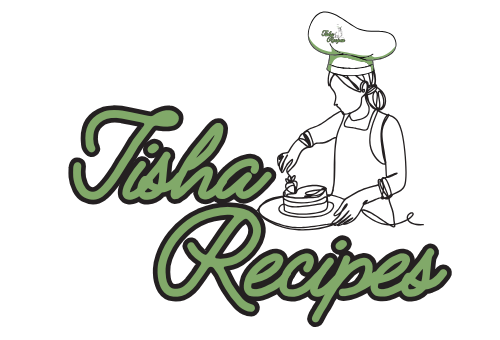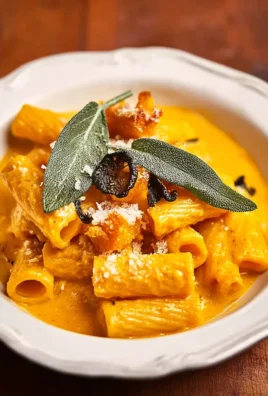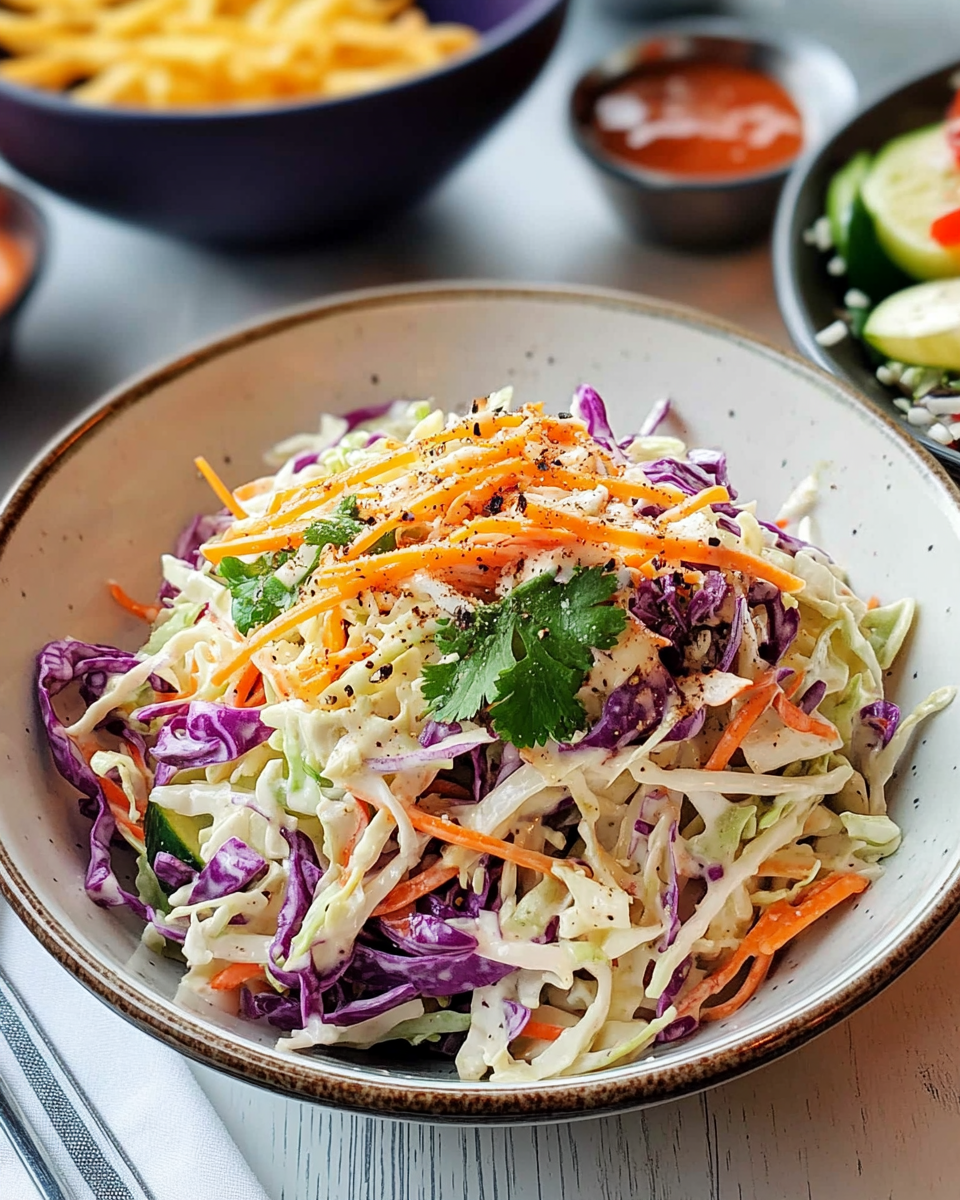
Perfect Pairings, Nutritional Benefits, and Common Mistakes for Loaded Baked Potatoes
Loaded baked potatoes are a hearty and flavorful dish that can be the star of the meal or complement a wide variety of main courses. To elevate your loaded baked potatoes, it’s essential to pair them with the right dishes, understand their nutritional benefits, and avoid common mistakes. This section provides in-depth advice to ensure your baked potatoes are always a hit.
Perfect Pairings for Loaded Baked Potatoes
Loaded baked potatoes pair beautifully with various dishes, creating a well-rounded and satisfying meal. Whether served as a side or centerpiece, here are some of the best pairing options:
1. Grilled or Roasted Meats
The hearty flavor of loaded baked potatoes complements the smoky and savory profile of grilled or roasted meats.
- Options:
- Grilled steak, lamb chops, pork ribs, or chicken thighs.
- Roasted turkey or prime rib for special occasions.
- Tip: Add a dollop of horseradish sauce or a sprinkle of rosemary to tie the flavors together.
2. Seafood
The light, briny flavor of seafood provides a refreshing contrast to the richness of loaded baked potatoes.
- Options:
- Grilled salmon, seared scallops, or shrimp skewers.
- Crab cakes or lobster tails for an indulgent pairing.
- Tip: Add a squeeze of lemon juice to the seafood for brightness that balances the dish.
3. Vegetables
Pairing loaded baked potatoes with vegetables adds a nutritional boost and balances the richness of the toppings.
- Roasted Vegetables: Carrots, Brussels sprouts, or asparagus roasted with olive oil and garlic.
- Grilled Vegetables: Zucchini, eggplant, or bell peppers for smoky flavors.
- Steamed Greens: Broccoli, spinach, or green beans add a light, crisp contrast.
4. Soups and Stews
Loaded baked potatoes work well alongside hearty soups and stews, creating a comforting, warming meal.
- Options:
- Beef stew, chicken noodle soup, or chili.
- Cream-based soups like clam chowder or broccoli cheddar.
- Tip: Spoon soup or chili directly over the potato for a one-dish meal.
5. Salads
Adding a fresh salad to the table complements the richness of loaded baked potatoes while providing balance and texture.
- Options:
- A crisp Caesar salad or a tangy Greek salad.
- Arugula with lemon vinaigrette for a peppery, zesty touch.
- Tip: Incorporate complementary ingredients like bacon crumbles or shredded cheese in the salad to echo the potato toppings.
6. Bread and Rolls
For an indulgent spread, pair your loaded baked potatoes with freshly baked bread or rolls.
- Options:
- Warm garlic bread, soft dinner rolls, or cornbread muffins.
- Tip: Serve with flavored butters, such as garlic herb or honey cinnamon, to enhance the meal.
Nutritional Benefits of Loaded Baked Potatoes
Loaded baked potatoes can be a surprisingly balanced meal, depending on the toppings you choose. They provide a mix of macronutrients (carbohydrates, protein, and fat) and micronutrients (vitamins and minerals).
1. Potatoes: The Base of the Dish
- Rich in Potassium: Potatoes are a great source of potassium, which helps regulate blood pressure.
- Vitamin C: Supports immune health and acts as an antioxidant.
- Fiber: Leaving the skin on increases the fiber content, aiding digestion and promoting satiety.
2. Cheese
- Calcium: Essential for bone health and muscle function.
- Protein: Contributes to muscle repair and overall growth.
- Moderation is Key: Cheese is high in fat and calories, so balance it with lighter toppings.
3. Bacon
- Protein Boost: Adds protein and a savory, smoky flavor.
- Sodium Content: Use sparingly to keep sodium levels in check.
4. Sour Cream
- Probiotics: Supports gut health if using live-culture sour cream.
- Moderation: Opt for light sour cream to reduce fat and calorie content without sacrificing flavor.
5. Vegetable Toppings
- Broccoli: High in vitamin C, vitamin K, and fiber.
- Spinach: Packed with iron, folate, and antioxidants.
- Tomatoes and Peppers: Add vitamins A and C along with a burst of color and flavor.
6. Customizing for Dietary Goals
- Low-Carb Version: Swap the potato for cauliflower or zucchini boats as a base.
- Vegan-Friendly: Use plant-based cheese, sour cream, and protein alternatives like tempeh bacon or beans.
- High-Protein: Add shredded chicken, ground turkey, or a scoop of chili.
Common Mistakes to Avoid
Even a straightforward dish like loaded baked potatoes can go wrong without attention to detail. Here are the most common mistakes and how to fix them:
Mistake 1: Overbaking or Underbaking the Potatoes
- Problem: Overbaking leads to dry, mealy potatoes, while underbaking results in a hard center.
- Solution: Bake the potatoes at 400°F (200°C) for 60–75 minutes, checking for doneness by inserting a fork. The fork should slide in easily without resistance.
Mistake 2: Skipping the Skin Preparation
- Problem: Failing to oil or season the skin leaves it dry and unappetizing.
- Solution: Rub the potatoes with olive oil or butter and sprinkle with coarse salt before baking to achieve a crispy, flavorful skin.
Mistake 3: Overloading the Potato
- Problem: Adding too many toppings can make the potato soggy and difficult to eat.
- Solution: Layer toppings thoughtfully and avoid overloading. Start with a small amount and add more as needed.
Mistake 4: Inconsistent Toppings
- Problem: Uneven distribution of toppings leaves some bites bland and others overwhelming.
- Solution: Mix toppings like bacon, cheese, and vegetables evenly before adding them to the potato.
Mistake 5: Ignoring Dietary Preferences
- Problem: Not accounting for dietary restrictions can exclude some guests.
- Solution: Offer a topping bar with a variety of options, including vegan and gluten-free choices.
Mistake 6: Serving the Potatoes Too Cold
- Problem: Cold potatoes diminish the dish’s appeal and can make the cheese and butter clump.
- Solution: Serve the potatoes immediately after baking and reheating any pre-prepared toppings.
Tips, Storing, Reheating, and FAQs for Loaded Baked Potatoes
Loaded baked potatoes are a versatile and satisfying dish that can be made ahead, stored, reheated, and served in a variety of ways. This section provides detailed tips for perfecting your loaded baked potatoes, ensuring they remain fresh, flavorful, and ready to impress. You’ll also find answers to common questions and suggestions for repurposing leftovers.
Expert Tips for Perfect Loaded Baked Potatoes
1. Focus on Crispy Skin and Fluffy Interiors
- Oil and Season Generously: Rubbing the potatoes with olive oil or melted butter and sprinkling them with coarse salt ensures a crispy, flavorful skin.
- Bake at the Right Temperature: Baking at 400°F (200°C) allows the skin to crisp while the interior becomes tender and fluffy.
- Check for Doneness: Use a skewer or knife to pierce the potato. If it slides in and out easily, the potato is fully cooked.
2. Master the Art of Toppings
- Layer Thoughtfully: Start with butter to coat the potato flesh, followed by cheese, then bacon or proteins, and finish with sour cream or fresh herbs.
- Add Freshness: Chives, parsley, or green onions add a bright contrast to the rich toppings.
- Balance Flavors: Pair salty toppings like bacon with tangy elements such as sour cream or Greek yogurt.
3. Customize for Dietary Preferences
- Vegetarian: Skip the bacon and add grilled vegetables, sautéed mushrooms, or roasted chickpeas.
- Vegan: Use plant-based butter, cheese, and sour cream. Incorporate toppings like avocado, black beans, or nutritional yeast.
- Low-Carb Option: Use roasted zucchini boats or cauliflower as a base instead of potatoes.
4. Prepare a Toppings Bar
A toppings bar is a fun way to allow everyone to customize their loaded baked potato. Include a variety of options such as:
- Proteins: Pulled pork, chili, shredded chicken, or tempeh.
- Cheeses: Cheddar, mozzarella, blue cheese, or vegan cheese.
- Vegetables: Steamed broccoli, caramelized onions, roasted peppers, or sautéed spinach.
- Condiments: Salsa, barbecue sauce, ranch dressing, or buffalo sauce.
5. Presentation Matters
- Slice and Fluff: Make a clean lengthwise cut on the potato and fluff the interior with a fork to create a base for toppings.
- Garnish: Finish with a sprinkle of fresh herbs, a drizzle of olive oil, or a grind of black pepper for an elegant touch.
Storing Loaded Baked Potatoes
1. Storing Baked Potatoes Without Toppings
- Cool Completely: Allow the baked potatoes to cool to room temperature before storing.
- Wrap Individually: Wrap each potato in aluminum foil or plastic wrap to retain moisture.
- Refrigerate: Store wrapped potatoes in an airtight container in the refrigerator for up to 4 days.
2. Storing Fully Loaded Potatoes
- Use Airtight Containers: Store leftovers in an airtight container to keep the toppings from drying out.
- Shelf Life: Loaded baked potatoes with perishable toppings like sour cream or cheese should be consumed within 2 days.
3. Freezing Baked Potatoes
While freezing fully loaded potatoes isn’t ideal due to texture changes, plain baked potatoes can be frozen.
- Wrap for Freezing: Wrap each potato tightly in plastic wrap, then aluminum foil, and place them in a freezer-safe bag.
- Shelf Life: Frozen potatoes can last up to 3 months.
- Thawing Tip: Thaw in the refrigerator overnight before reheating.
Reheating Loaded Baked Potatoes
Reheating properly is essential to preserve the texture and flavor of loaded baked potatoes.
1. In the Oven
- Best Method for Crispiness: Preheat the oven to 375°F (190°C).
- Place the potatoes on a baking sheet and cover them loosely with foil.
- Heat for 15–20 minutes, or until warmed through. For extra crispness, uncover during the last 5 minutes.
2. In the Microwave
- Quick Option: Place the potato on a microwave-safe plate. Cover with a damp paper towel to retain moisture.
- Microwave on medium power in 1-minute intervals, checking after each to ensure even heating.
3. In the Air Fryer
- For Re-Crisping Skin: Preheat the air fryer to 375°F (190°C). Place the potato inside and heat for 8–10 minutes.
4. On the Stovetop (For Loaded Potatoes with Cheese)
- Place the potato in a nonstick skillet over low heat. Cover with a lid and heat until the cheese is melted and the potato is warmed through.
Frequently Asked Questions (FAQs)
1. Can I Make Loaded Baked Potatoes Ahead of Time?
Yes! Bake the potatoes in advance and store them without toppings. Reheat and add fresh toppings just before serving for the best results.
2. How Can I Prevent the Potato Skin from Getting Soggy?
Avoid wrapping the potatoes in foil during baking, as this traps steam. Bake them directly on the oven rack for crispy skin.
3. Can I Use Sweet Potatoes for a Loaded Version?
Absolutely! Sweet potatoes provide a naturally sweet and nutritious base. Popular toppings include black beans, avocado, sour cream, and a sprinkle of cinnamon or chili powder.
4. What’s the Best Way to Keep Potatoes Warm for a Party?
Place the baked potatoes in a slow cooker on the “warm” setting. Cover them with a clean kitchen towel to trap heat and prevent drying out.
5. How Do I Avoid Overloading the Potato?
Start with a small amount of each topping and layer them thoughtfully. Use a mix of flavors and textures without overwhelming the potato’s natural flavor.
6. Are There Gluten-Free Topping Options?
Yes! Most toppings like cheese, bacon, vegetables, and sour cream are naturally gluten-free. Always check the labels on processed items like barbecue sauce or ranch dressing.
7. Can Leftover Loaded Potatoes Be Repurposed?
Yes! Here are a few ideas:
- Potato Skins: Scoop out the potato flesh and crisp the skins in the oven. Fill with cheese, bacon, and chives for a snack.
- Mashed Potato Filling: Use the scooped-out flesh to make mashed potatoes.
- Potato Hash: Dice leftover loaded potatoes and sauté with onions and peppers for a breakfast hash.
Conclusion
Loaded baked potatoes are the ultimate comfort food, offering a delightful combination of crispy skin, fluffy interior, and indulgent toppings. Their versatility allows them to shine as a main course, a hearty side dish, or even a creative canvas for culinary experimentation. From classic combinations like cheese, bacon, and sour cream to gourmet creations with lobster, truffle oil, or vegetarian toppings, there’s a loaded baked potato for every palate.
By mastering the art of preparation, storage, and pairing, you can elevate this humble dish into a show-stopping meal. Whether you’re hosting a casual gathering, preparing a family dinner, or indulging in a solo treat, loaded baked potatoes provide a satisfying and flavorful experience.




Leave a Comment